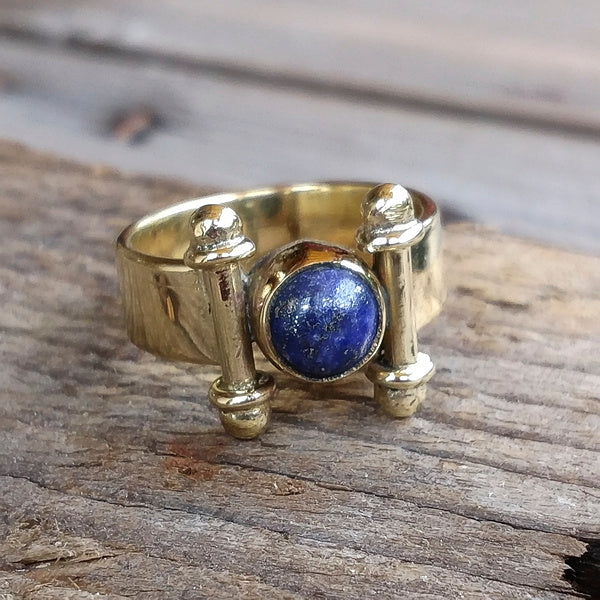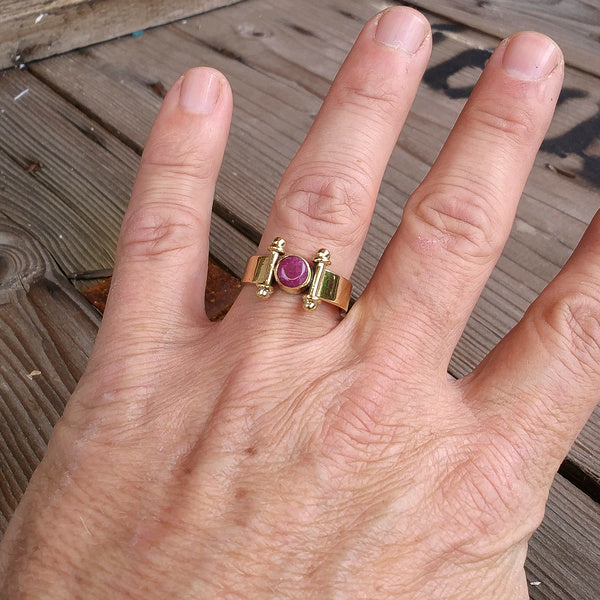Nanosilver - The fight against germs | Antibacterial silver
The sharp increase in the use of nanosilver in recent years is due to its antimicrobial efficacy, which is used in a large variety of products.
Its use increased after the appearance of HIV/AIDS in the mid-80s with the fear of this disease, both in the USA and in EUROPE.
This “germ panic” is exacerbated by the problem of multidrug-resistant pathogens that can no longer be fought with conventional antibiotics, as well as fears of pandemics, such as the “new flu.”
In response to these fears, companies offer a variety of different household products with antibacterial agents. However, many of the substances used to date are considered harmful to health and the environment, and here silver , with its appearance of " natural product ", seems to be a better alternative .
However, there is no scientific evidence that household products with antibacterial additives can actually protect against infections but favor the emergence of resistant pathogens. In clinics and manufacturing facilities, such agents can be used sensibly under high dosages and with relevant controls.
This effectiveness should not be counteracted by widespread and uncontrolled use in the domestic sector, the benefit of which seems more than doubtful for consumers. Excessive hygiene measures also disturb the microbial balance in the home and are suspected of promoting the development of allergies.
WHAT IS NANO-SILVER?
Nano-silver refers to metallic silver particles that are smaller than 100 nm in at least one dimension (Table 1) and consist of approximately 20-15,000 atoms. Nanosilver is also called nanocrystalline or nanoparticulate silver and can have various shapes (e.g. spheres, cubes, bars) (Chen and Schluesener 2008).
Sources:
- Article Materials from the University of Arkansas
- American society for microbiology
Photo by Matthew Henry from Burst













